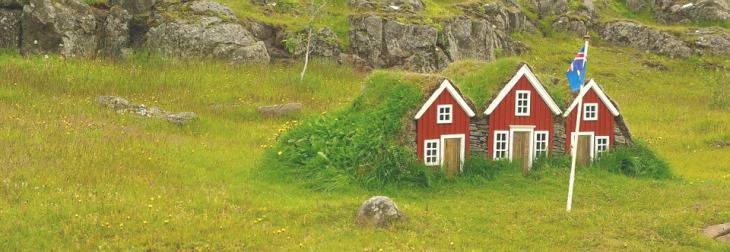Icelandic
Origins of the Icelandic language:
Icelandic is an Indo-European language belonging to the Germanic languages family that developed in Iceland from the Norwegian dialects that colonists brought after settling there in around 800 AD. Even though the settlers came from different regions in Norway and consequently spoke different languages, the movements of the inhabitants around the island and annual gatherings that happened every year at the start of summer (the “althing”, in Icelandic alþingi, þing meaning gathering and all meaning general) contributed to the establishment and unification of a standard language.
Today the Icelandic language has remained almost completely unchanged and is the modern Scandinavian language most similar to Old Norse. The alphabet used is Latin, with the addition of the “thorn” þ and the “eth” ð (or edd in Icelandic).
The “thorn” is derived from the rune ᚦ, used in old Anglo-Saxon, Norwegian and afterwards in old Icelandic, whereas the “eth” is another letter used in these languages, currently in use in Iceland and the Faroe Islands.
Purism in Icelandic:
The Icelanders take care to avoid linguistic contamination and integration of foreign neologisms, instead preferring to create new terms from pre-existing words in the vocabulary: for example, in Icelandic “Internet” is called veraldavefur, a term which derives from the words veraldar (world) and vefur (network).
Curiosities:
The Icelandic people are particularly attached to their origins and culture, not just from a linguistic point of view: even today Icelanders cherish their traditions in respect to elves (or Álfar , mythological creatures, invisible to the human eye, belonging to Norse and Scandinavian tradition). In most gardens of Icelandic houses, three small cots can be found, ready to host the three daughters of Eve who, according to legend, were transformed into elves and made invisible to their mother by God, after she tried to hide them from him. In Iceland, it’s not unusual to summon the spirits before the construction of a building or a road in order to ask the elves for permission to build, or in rare cases, to ask them to move so as to not disturb them. The cause of malfunctions in construction machinery during the carrying out of building work is often attributed to angry elves. Nowadays the majority of Iceland is Lutheran Christian, but a survey carried out by the University of Iceland in 2007 revealed that 80% of the 330000 inhabitants refuse to deny the existence of elves.
Translations into Icelandic:
With just 330,000 inhabitants, Icelandic does not make it into the top 100 most spoken languages in the world. Additionally, Iceland is not an EU state (even though its trade relations are primarily with countries of the EEA) and so it is hard to find specialist resources for translating texts and interpretation services into Icelandic.
Although the market is more demanding and sometimes very niche, our vast network of professional partners allows SMG to be able to offer translation services in the Icelandic language certified UNI EN 9001:2008, UNI EN 15038 and ISO 17.100.


